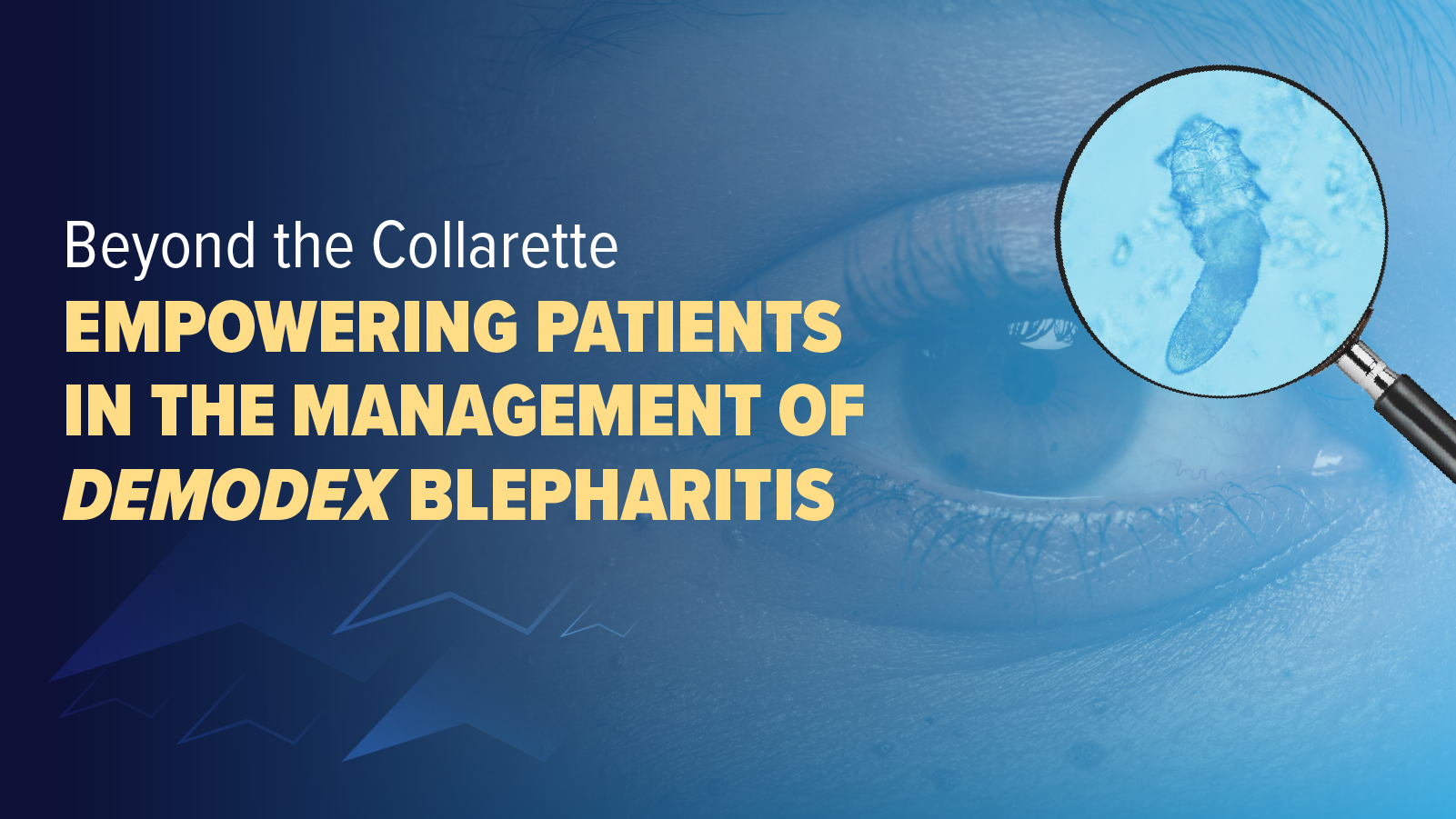
Is Santa Claus Healthy? 5 Lifestyle Habits: Naughty and Nice
Is Santa's lifestyle good for his health? Scroll through this quick slideshow for a deeper look at how 5 of his habits, both naughty and nice, impact his health.
Every year, Santa brings the world’s children toys and happiness, circling the globe and working tirelessly with his elves to make sure he is prepared for the next year. But his hard work for world happiness is sometimes taken for granted, and I often wonder about Santa’s health, especially since he’s now >1700-years-old. Unfortunately, there aren’t that many doctors at the North Pole, so I also started to wonder: Is Santa’s lifestyle good for his health?Scroll through the slides below for a look at 5 of Santa’s habits, both naughty and nice, and examine the evidence to help you be prepared, just in case he shows up in your office!
Newsletter
Enhance your clinical practice with the Patient Care newsletter, offering the latest evidence-based guidelines, diagnostic insights, and treatment strategies for primary care physicians.

















































































































































































































































































